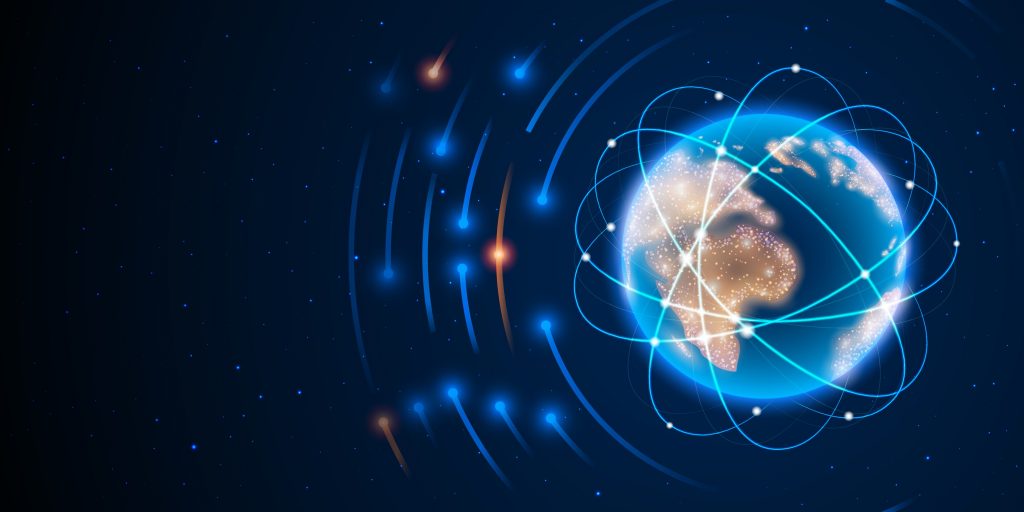Low Earth orbit (LEO) satellite constellations are on the rise, making broadband speeds available anywhere on the globe, beginning to disrupt broadband markets and changing the way we think about connectivity. This year, LEO Direct-to-Device (DTD) has matured from a concept to first commercial services.
DTD denotes the principle of connecting your everyday smartphone directly to satellites, without extra hardware in between. That’s a big deal for closing the last coverage gaps of our terrestrial networks and could make “always connected” finally mean everywhere. Players such as SpaceX’s Starlink, AST SpaceMobile and Skylo are already shaping DTD ecosystems.
The Starlink Question: From Partner to Competitor?
So far, Starlink has acted as a partner, working with mobile operators and using its licensed spectrum for DTD services. However, by acquiring EchoStar’s mobile assets (the AWS-4 and H-Block licenses in the United States, plus global Mobile Satellite Service [MSS] priority rights), SpaceX seems to have opened the door to taking on a broader role. Elon Musk even hinted at launching a mobile DTD service with indoor coverage within two years.
That development is causing industry concern. Is Starlink gearing up to become a mobile operator in its own right? Becoming a full MNO without a terrestrial network already in place would be a challenging and daunting endeavor. It would mean building terrestrial sites, deploying a mobile core, and handling billing, customer support and regulatory compliance across dozens of markets. That’s a heavy lift, even for Starlink.
Instead, this spectrum deal looks more like a strategic enabler than an all-out move into retail mobile. It gives Starlink more flexibility in its wholesale and partnership business. And realistically, it will take two to three years before we see any market impact, as both satellite constellations and handsets evolve.
Starlink’s spectrum move isn’t a declaration of war. Rather, it’s a signal. It tells us that the boundaries between satellite and terrestrial networks are dissolving, and the next chapter of connectivity will be written through collaboration, not competition.
The bigger story here isn’t about who “wins.” It’s about how everything connects. LEO DTD is becoming a key convergence layer in a world where fixed and mobile, terrestrial and satellite networks work together to keep users seamlessly connected. No single network type can cover it all, but together, they can, and partnerships are crucial to make that happen. The real opportunity lies in building converged user experiences rather than competing over who owns the access layer.
CableLabs Shapes the Connected Future
For CableLabs members, that’s an opportunity, and we’re deeply engaged in helping them understand and shape this new reality. We’re building the foundation for members to adopt, partner and innovate confidently in tomorrow’s world. Our experts are working on:
- Seamless connectivity frameworks that unify terrestrial and non-terrestrial networks.
- Simulations and techno-economic models to analyze LEO DTD and broadband capacity, performance and cost structures.
- Integration architectures that show how DTD can fit into existing cores, backends and traffic steering systems.
- Regulatory engagement to ensure that our industry’s voice is heard in spectrum and interoperability discussions.
- General Seamless Connectivity Services (SCS) to provide a ubiquitous, reliable, adaptive connectivity fabric irrespective of access type
If you’re an operator or technology partner looking to make sense of how DTD fits into your roadmap, now is the time to connect with CableLabs experts. The earlier we align on architectures, interoperability and business models, the stronger the ecosystem we can build together.
To explore the broader topic of Seamless Connectivity Services, check out the recent blog post. If you’re a member, get involved in our working group or watch the recent Seamless Connectivity Services/Mobile Optionality webinar on the Member Portal (login is required).
